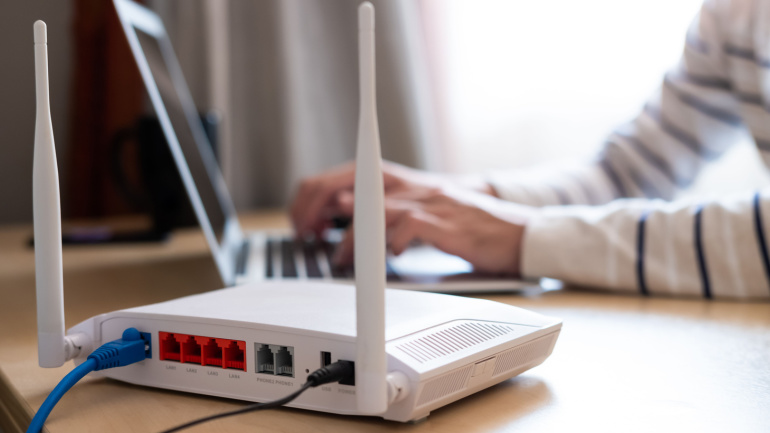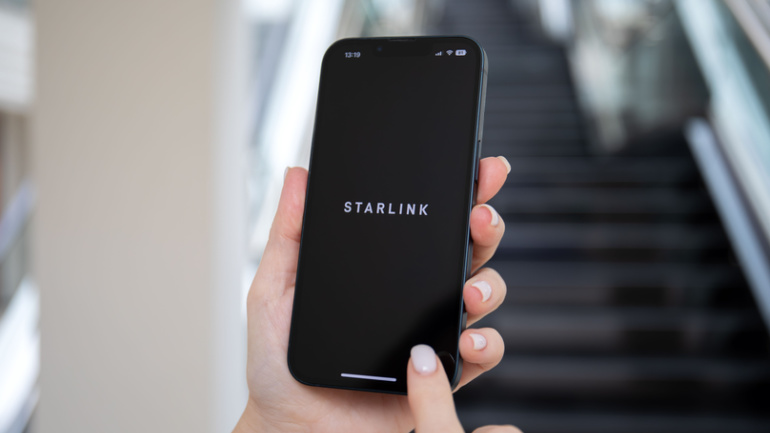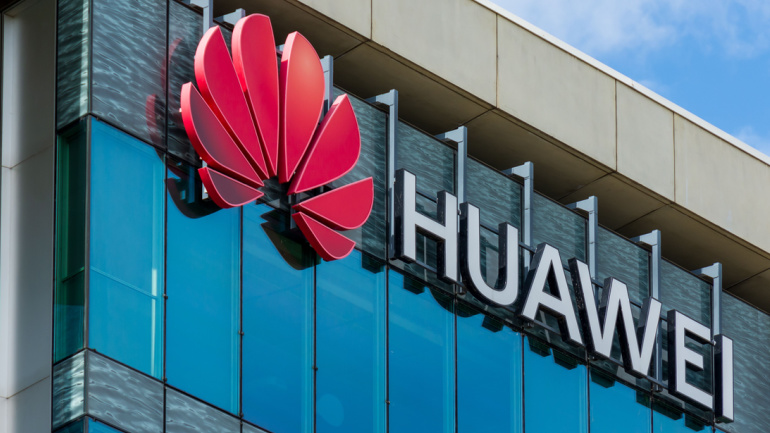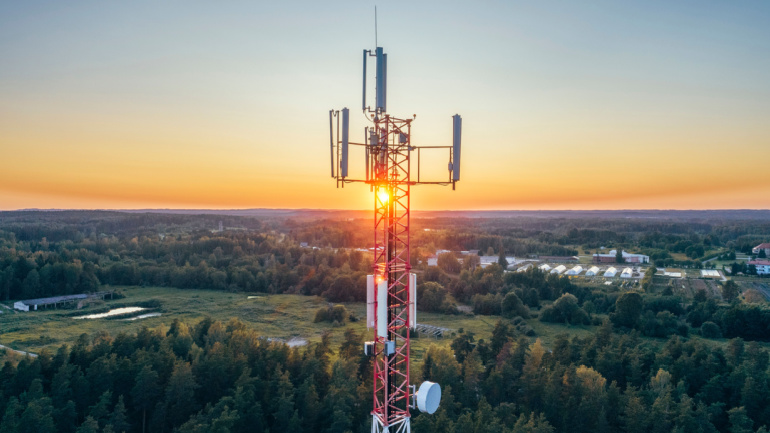NAVIGATE, part of the UK’s ONE competition, involves renowned telecom providers NEC and Freshwave, working to create a neutral host small cell solution for areas with high signal demand. This project, backed by a substantial £7.42 million funding, aligns with the UK Government’s goal of diversifying the 5G supply chain and nurturing Open RAN spaces. NEC and Freshwave will develop an energy efficient, financially viable solution based on NEC’s Open vRAN software that could significantly boost the multi-operator neutral host network. As the UK joins forces with Australia, Canada, Japan, and the US in the Global Coalition on Telecommunications, this project may herald an inventive, cooperative future for the telecoms industry.
Ciena’s novel approach towards rising above intense market competition involves enhancing its residential fiber-to-the-home (FTTH) solutions. Their business strategy comprises strategic mergers and acquisitions, integration of unique features post acquisitions, and providing comprehensive end-to-end resolutions. Ciena’s ‘one box’ solution is highlighted for its potency on typically challenging scenarios, like rural areas, by offering reduced costs and increased flexibility. Changes are also seen from market players like VEON and Telefonica, amidst this evolving industry.
Nokia takes a significant leap in telecom landscape with a unique Cloud RAN trial, persistently striving to achieve parity between Cloud RAN and purpose-built RAN. This strategic move, involving Elisa, explores In-Line acceleration potential, positioning Nokia in a subtle competition with Ericsson’s ‘Look-Aside’ approach. The latter’s reticence adds intrigue to this telecommunication rivalry. However, will Nokia’s In-Line strategy prove to be the more efficient route?
VoIP readiness assessment is vital for cost-effective business communication. Define objectives, assess costs, scalability, integration, infrastructure, equipment, security, and training. Pilot testing and vendor selection are key. Develop a migration plan for a smooth transition, resulting in enhanced communication, productivity, and cost savings.
Intriguingly, SpaceX’s Starlink offers an innovative Direct to Cell feature allowing existing LTE phones to function even in remote locations – a potential boon for those often out of terrestrial coverage. With a rollout plan targeting texts by 2024, and full voice, data, and IoT compatibility by 2025, Starlink seems poised for a breakthrough. While the proposition seems formidable, concerns around possible limitations of Starlink’s proprietary technology remind us advantages of relying on industry best practices. Without disclosed pricing details, we can only anticipate how this venture will fare against other satellite connectivity contenders.
Climate change casts a menacing shadow over the infrastructure underpinning the Internet, including fiber optic cables and colocation facilities. The predicament Saint-Martin island faced after Hurricane Irma’s assault prompted Setics Sttar to reimagine their rebuilding strategy. Subterranean framework emerged as a key defense against future environmental disasters, demonstrating the necessity to fuse climate risk considerations with infrastructure planning. Seeking a climate risk assessment for your FTTH Network design has become not only optimal but essential in the face of a changing world.
Huawei’s Richard Jin turned heads at UBBF 2023 with a keynote speech outlining a future-oriented, three-phase network construction plan. This innovative plan hinges on enhancing video experiences, improving network user experiences and integrating AI. By striving to transition from traditional copper lines to FTTH all-optical networks, it aims to ensure seamless video interactions. Subsequently, it intends to cater to increasing demand for diversified digital applications via gigabit services. The finale points towards an AI-integrated, all-optical computing plan aligned with F5.5G development, potentially revolutionizing current industry norms.
The Ultra-Broadband Forum 2023 has seen industry leaders propose the revolutionary 10 Gbps City Initiative, aiming to construct digitally transformative and ultra-connected cities. Beyond being a mere term, the 10 Gbps City represents a significant shift in infrastructural development. This ambitious project hints at the power of telecommunications transformation, driving the digital economy to unexplored territories. Governments hold the key role in accelerating these changes, as they can bridge digital divides and facilitate universal digital services.
Phoenix Tower International’s acquisition of NOVEC’s German unit offers a lucrative entry point into a high-potential European market, despite a downturn in mergers and acquisitions within the tower sector. This pivotal move solidifies Phoenix Tower’s expansion strategy, leveraging Germany’s stature as Europe’s largest economy and a global wireless build-out hub. Intriguingly, Phoenix’s bold move contrasts with rivals like Cellnex, who have curbed spending due to financial pressures. This daring feat underscores the fluidity and continuous evolution in the telecommunications infrastructure sector.
First Orion introduces SENTRY™, combatting fraudulent calls and preserving brand integrity. CO-OP KINKI enhances customer security with Vonage’s 2FA technology for online shopping. Cloud communications market soars, set to reach $180.7 billion by 2027. T-Mobile shifts users to pricier plans, raising concerns over rate plan commitments.













